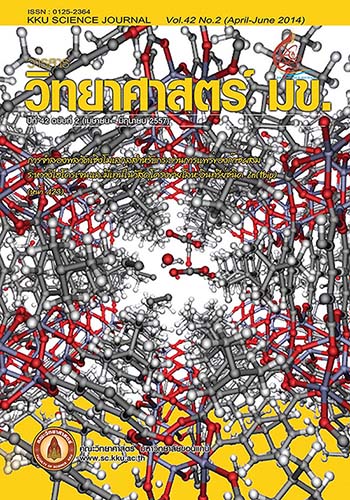Analysis of Spatial Pattern of Diarrhea Incidence Based on Spatial Autocorrelation Statistics in Phayao Province, Thailand
Main Article Content
Abstract
Diarrhea is a major public health problem in Thailand. The Ministry of Public Health, Thailand, has been trying to monitor and control this disease for many years. This paper presents a GIS approach to analyze the spatial and temporal distributions of diarrhea epidemics. The major objective of this study was to examine spatial autocorrelation methodologies including Global Moran’s I and Local Getis-Ord statistics and risk zone identification for reported diarrhea cases. Epidemiological data from Phayao province, Thailand (reported diarrhea cases for the years 2009-2011) was used for this study. The results revealed spatial diffusion patterns
duringthe years 2009-2011 representing spatially clustered patterns with significant differences by sub-district. Sub-district on the East of the province reported higher incidences. The cluster mapping showed the spatial trend of diarrhea diffusion. This study presents useful information related to the diarrhea outbreak patterns in space and time.
Article Details

This work is licensed under a Creative Commons Attribution-NonCommercial-NoDerivatives 4.0 International License.


